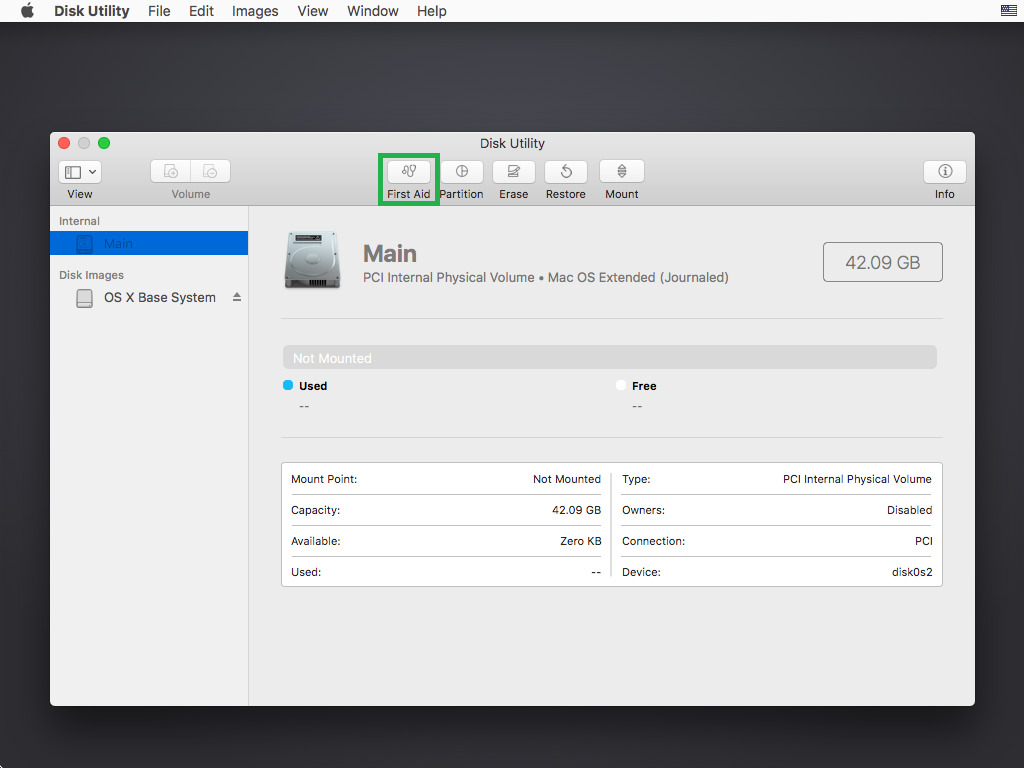

Workaround B: If connecting to your NAS volume via AFP is not an option, then you can back up user data (e.g. Choose "New disk image." from CCC's Destination selector and specify a new disk image on the AFP-mounted NAS volume.Type in "afp://" to connect to the NAS volume via AFP.Choose "Connect to Server" from the Finder's Go menu.Eject the NAS volume if it's currently mounted.Workaround A: Several users are reporting that connecting to the network volume via AFP rather than SMB resolved the problem: Time Machine also uses sparse disk images on NAS volumes, so its requirements for the NAS file sharing service would be the same as those required for generic sparse disk image support. Solution: Several users have reported that adjusting the SMB configuration on the NAS to support Time Machine can resolve the problem. After months of investigation, we have concluded that macOS Catalina has more stringent requirements for sparse disk images than previous OSes. If you attempt to create the disk image in Disk Utility (for example), Disk Utility reports an "RPC Error". We have received several reports that macOS is unable to create disk images on SMB volumes hosted by various NAS devices. Some SMB volumes can't support macOS sparse disk images Apple made this "bug" a permanent change, however, in macOS Big Sur. Update: Apple resolved this issue in macOS 10.15.6. We have reported this issue to Apple (FB7706647) and we are currently awaiting a response. Solution: Update to macOS 10.15.6 and CCC 5.1.20. Many folders on the destination volume will appear empty, and the volume will not be bootable. If you're establishing a new backup of macOS 10.15.5 or later, CCC 5.1.17 (and earlier) will be unable to create a correctly-functioning APFS volume group. The chflags system call no longer works correctly on 10.15.5 with regard to setting the special "firmlink" flag that establishes links between the System and Data volume group members. Apple introduced a bug in 10.15.5 that prevents the creation of firmlinks


 0 kommentar(er)
0 kommentar(er)
